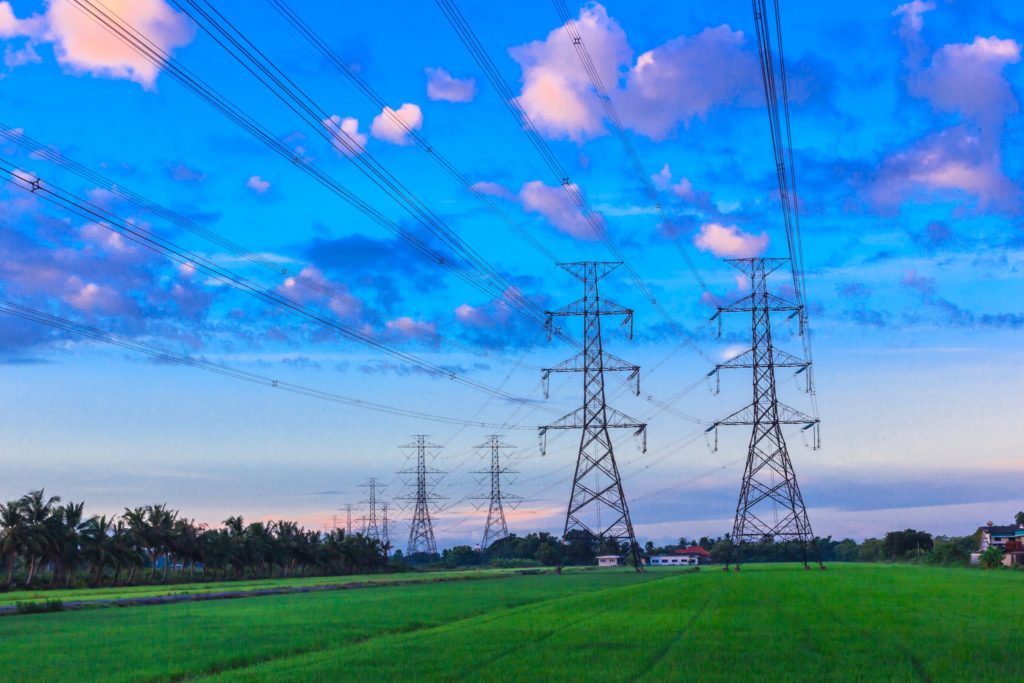R Street study finds no new fracking regulations are needed
WASHINGTON (May 8, 2014) – Current research on the environmental and public health effects of fugitive emissions do not support more extensive regulation on hydraulic fracturing operations than those imposed by the EPA in 2012, a new paper from the R Street Institute concludes.
Authored by Michael Farren, associate fellow with R Street, the paper noted the EPA’s existing regulations have cut fugitive emissions by 95 percent at each natural gas well.
“The consensus is now clear that the GHG footprint of shale gas used for electricity generation is about half of the GHG footprint of coal-based power,” said Farren. He went on to note that the new estimates take into account the EPA regulations of 2012, which have significantly lowered fugitive emissions from fracking.
Both of the technologies required by the EPA starting in 2012 allow only a trivial amount of methane to escape into the atmosphere from fracked wells, meaning the GHG footprint of fugitive emissions from fracking should be approximately the same as conventional natural gas wells.
“Given current EPA regulations, the climate change potential attributable to fugitive gas emissions from fracking no longer should be an issue. Based on the regulatory changes, the potential impact on climate change of fugitive emissions and natural gas leakage should be reduced significantly,” said Farren.
These regulations should also reduce the potential for natural gas wells to have an impact on human health. However, Farren warns that the issue should still be carefully monitored.
“The widespread availability of shale resources and the limited area from which any single well site can draw likely will combine to increase substantially the interaction between human activity and oil and gas extraction,” he said. As more shale gas and oil formations are discovered in the United States, it will become increasingly likely that more people will live within one mile of a gas well.
Farren warns that any policies to govern fugitive emissions must be founded on a factual understanding of how emissions occur, their specific effects and the property rights of persons involved.
Appropriate action to govern emissions would be either to require owners of facilities to prove that such emissions are not harmful to human activities or to install equipment to restrict emissions to a volume demonstrated to be harmless. The latter has already been accomplished through the 2012 EPA regulations. Both of the methods the EPA sanctions to reduce emissions eliminate effectively the vast majority of fugitive emissions associated with fracking.
“The evidence suggests natural gas wells have reduced their emissions to levels that minimize potential climate and health impacts without creating undue or onerous burdens on the industry.”






